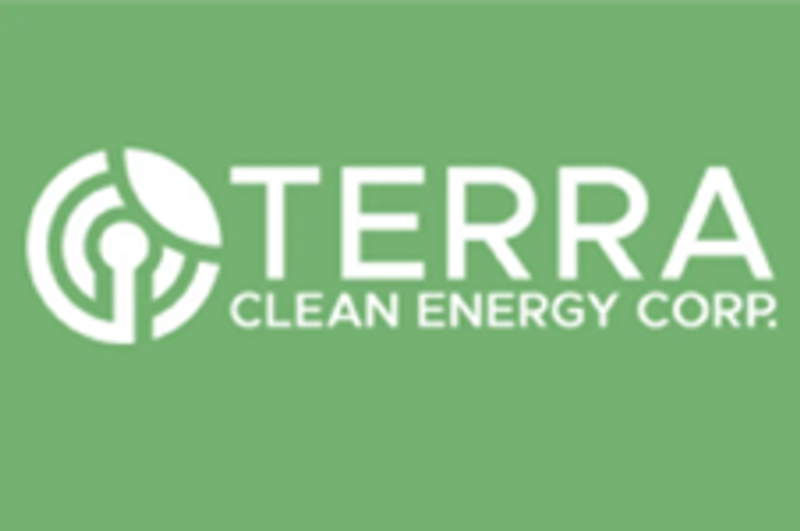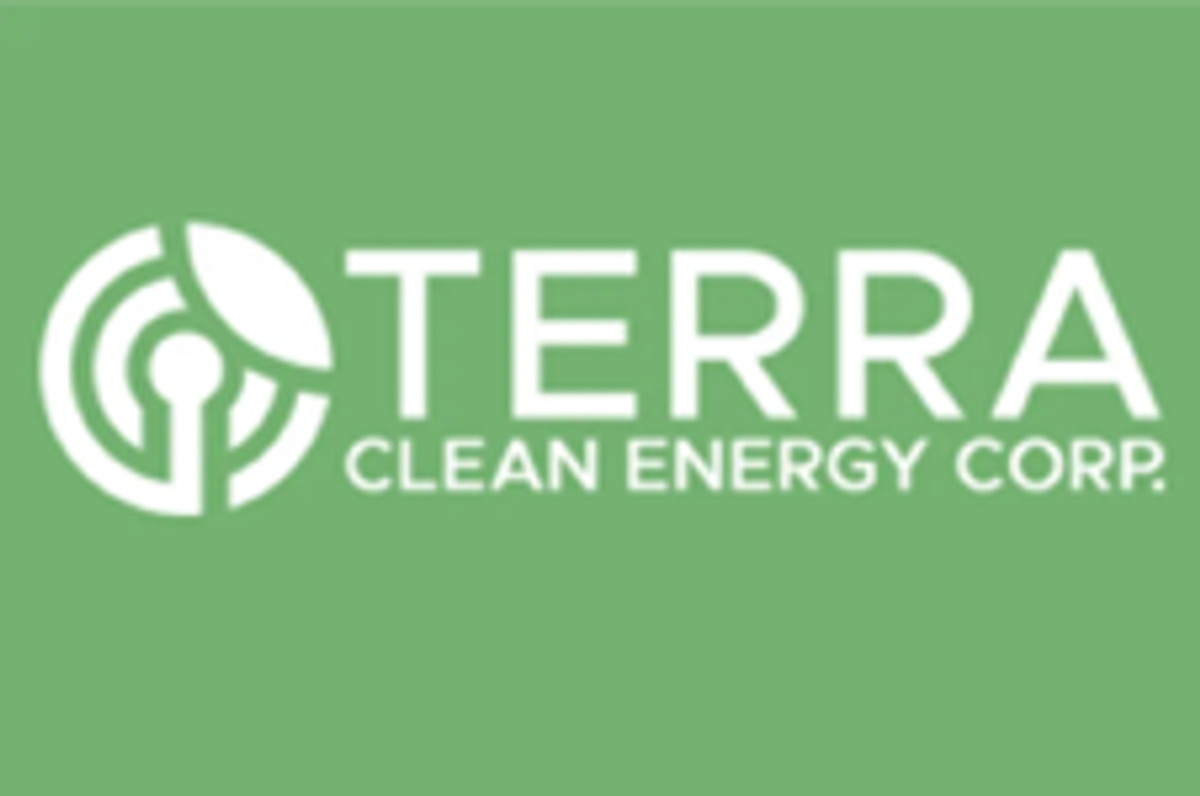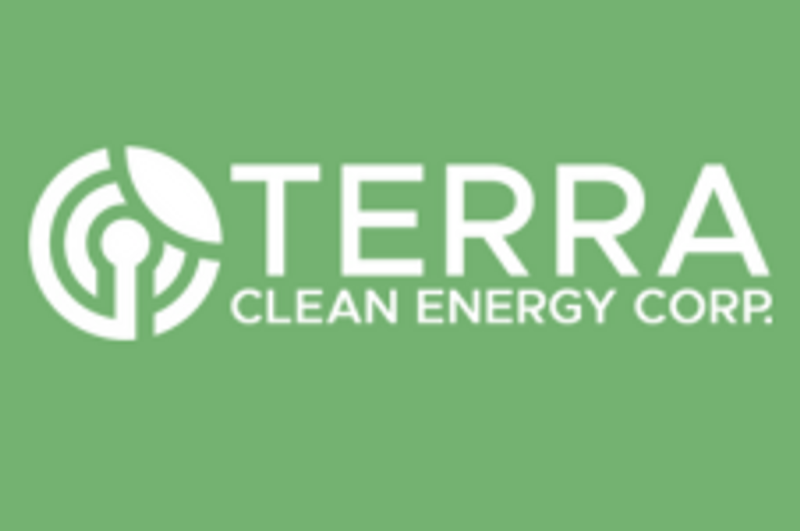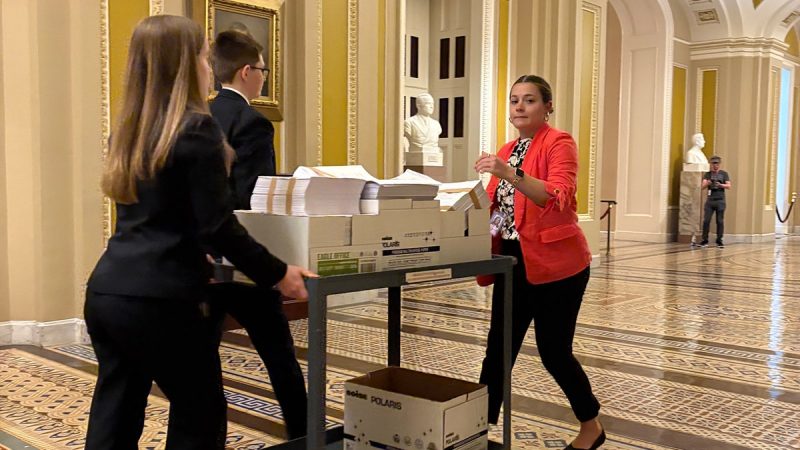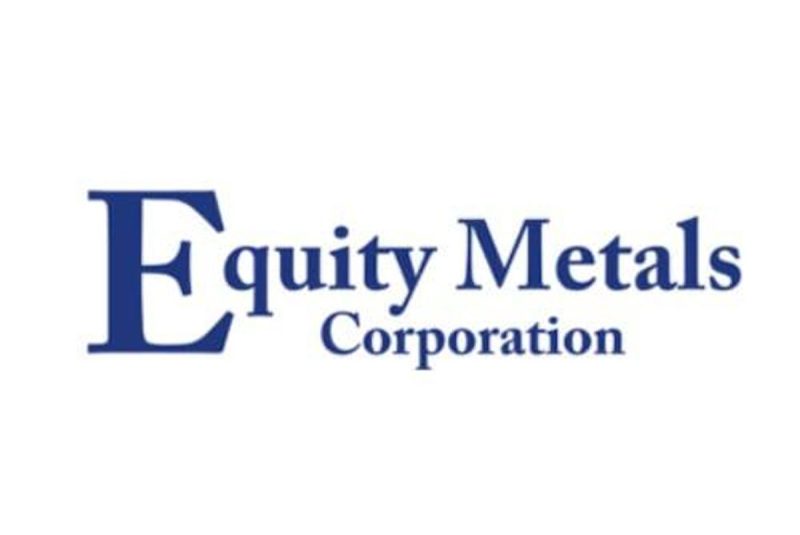

Investor Insight
Equity Metals offers investors exposure to high-grade silver and gold discoveries in British Columbia through a dual-track strategy of expanding its flagship Silver Queen resource and advancing the newly acquired Arlington district.
Overview
Equity Metals (TSXV:EQTY,OTCQB:EQMEF,FSE:EGSD) is fast-tracking exploration at its 100 percent owned Silver Queen project in British Columbia, targeting resource expansion and derisking of one of the province’s most prospective high-grade polymetallic deposits. Located within the prolific Skeena Arch near the historic Equity Silver and Huckleberry mines, Silver Queen boasts an NI 43-101 compliant resource of 62.8 million ounces (Moz) silver equivalent (indicated) and 22.5 Moz silver equivalent (inferred), with 2024 drilling extending known zones and identifying new mineralized areas.
Complementing this is the Arlington gold-copper-silver project, a newly acquired district-scale, never-before drill-tested project located in southern BC’s Greenwood Mining Division. With analogues to historic producers like Phoenix and Buckhorn, Arlington is being aggressively explored with 3,000 meters of drilling underway, focused on delineating high-grade gold-enriched polymetallic mineralization.

Parameters for the NI 43-101 Compliant Mineral Resource Estimate are in the Appendix and in the EQTY News Release, dated Dec 1, 2022
Together, Silver Queen and Arlington offer a balanced exposure to high-grade polymetallic and gold-rich systems. The former provides near-term resource expansion and development optionality, while the latter opens up district-scale discovery potential.
In addition, Equity Metals holds interests in the Monument and WO diamond properties in the Lac de Gras region (Northwest Territories), proximal to the Diavik and Ekati mines, and the La Ronge silica project in Saskatchewan. These projects offer upside optionality for strategic partnerships or asset sales.
Company Highlights
- Flagship High-grade Project – Silver Queen: Over 85 million silver-equivalent ounces defined in the heart of BC’s Skeena Arch mineral belt, surrounded by Tier 1 infrastructure and historical producers.
- New Gold Discovery Potential – Arlington project: A district-scale, early-stage gold-copper-silver system with analogues to major past-producing skarn and vein-hosted mines in the region.
- Fully Funded for 2025: 9,000 meters of combined drilling is underway across both Silver Queen and Arlington with assay results expected to drive news flow through Q3 and Q4 2025.
- Experienced Management and Technical Team: Track record of discovery and mine development across North America, including the Penasquito and Eskay Creek mines and the Wind Mountain project.
- Exposure to Critical and Precious Metals: Balanced portfolio spanning silver, gold, copper and diamonds with optionality in battery materials (silica) and critical minerals.
Key Projects
Silver Queen Project

The Silver Queen project is Equity Metals’ 100 percent owned flagship asset located in central British Columbia’s prolific Skeena Arch, approximately 35 km south of Houston. This 18,871-hectare property consists of 17 crown-granted titles and 46 tenure claims in the Omineca Mining Division. Surrounded by past-producing and active mines, including the Equity silver mine, Berg, Endako and Mt. Milligan, the project benefits from established infrastructure such as roads, power and rail access.
Silver Queen hosts a high-grade polymetallic system featuring silver, gold, copper, lead and zinc mineralization. The project is underpinned by a robust NI 43-101 compliant resource estimate (as of December 2022) consisting of 62.8 million ounces (Moz) silver-equivalent (AgEq) in the indicated category grading 565 grams per ton (g/t) AgEq, and 22.5 Moz AgEq in the inferred category grading 365 g/t AgEq. This includes 3.46 million tons (Mt) of indicated resources averaging 189 g/t silver, 2.13 g/t gold, 0.24 percent copper, 0.6 percent lead, and 3.5 percent zinc, and 1.92 Mt of inferred resources grading 167 g/t silver, 0.82 g/t gold, 0.23 percent copper, 0.5 percent lead, and 2 percent zinc.
The mineralization occurs in multiple steeply dipping epithermal vein systems, subdivided into the No. 3, NG-3, Camp and Sveinson veins. Each exhibits distinct metal zonation – the Camp veins are silver-dominant, while the Sveinson, No. 3 and NG-3 show a stronger gold bias. Bonanza grades have been intercepted at multiple locations, including down-hole drill core intervals assaying up to 56,115 g/t silver over 0.3 metres in recent drill results. High sulphide and low sulphide vein environments have both been identified, suggesting a long-lived and multi-phase mineralizing event.

Since late 2020, Equity has completed 52,877 meters of drilling in 146 holes, targeting extensions and new zones of mineralization. In 2024 alone, four target areas – George Lake, Camp North, No. 3 North and Camp-Sveinson – were tested via 17,209 meters across 42 holes. Drilling resulted in the delineation of a 550-metre strike-length for mineralization in the George Lake target and a 400-metre strike-length for mineralization in the No. 3 North target, as well as several extensions of earlier identified veins in the Camp Deposit and a new discovery in the Camp North target. A 6,000-meter 2025 drilling program will further test these zones with updated modeling and resource growth expected in Q3 2025.
Metallurgical testing completed in both 1988 and 2022 yielded positive recoveries: 83 percent gold, 95 percent silver, 93 percent copper, 91 percent lead, and 98 percent zinc. A follow-up metallurgical program is planned to support preliminary development studies. With extensive underground development (~9 km of historic workings) and proximity to key infrastructure, the Silver Queen project is well positioned for advancement toward economic studies and ultimately, a potential strategic transaction.
Arlington Project

The Arlington project is a 3,584-hectare, early-stage exploration asset located in southern British Columbia’s Greenwood Mining Division, approximately 65 km south of Kelowna. The project sits within the prolific Quesnel Terrane and is accessible year-round via Highway 33 and a network of logging roads. The region hosts several historical producers including the Buckhorn, Phoenix, and Beaverdell mines, which have collectively yielded more than 2 Moz gold, 6 Moz silver and 500 Mlb copper.
Arlington encompasses multiple mineral occurrences and at least four deposit styles across a more than 5 km strike length. Historic and recent surface work has confirmed high-grade mineralization with rock samples returning values up to 11.67 g/t gold, 211 g/t silver, and 3.22 percent copper. The 2025 exploration program, currently underway, includes a 3,000-metre drill campaign primarily targeting the Fresh Pots gold-silver anomaly – a large (2 km x 1 km) intrusion-related gold system delineated by multi-element soil geochemistry and magnetic lows.
Other high-priority targets include:
- Rona Porphyry Target: A copper-molybdenum-gold system with pyroxenite intrusive-hosted mineralization. Rock chip assays have returned >1 percent molybdenum, 0.6 g/t gold, and 32.4 g/t silver. The area is characterized by a large copper-nickel soil anomaly and widespread argillic alteration in adjacent sedimentary rocks.
- Arlington Polymetallic Veins: A structurally controlled vein system with documented historic workings. Highlights include Arlington South (11.67 g/t gold, 3.22 percent copper) and Arlington North (1.86 g/t gold, 1.07 percent copper), suggesting vertical metal zonation and potential for stacked vein systems.
- Skarn and Replacement Targets: Notably at the Bru and Arlington zones, analogous to Buckhorn and Phoenix, where gold-copper magnetite skarns produced over 1 Moz historically.
In early 2025, Equity Metals completed a property-wide airborne magnetic/radiometric survey and LiDAR mapping campaign to refine targeting. Soil and till geochemistry, IP surveying and mapping continue across the license area to delineate follow-up drill targets for 2026.
Management Team
Lawrence Page – Chairman and Director
A seasoned mining executive with over four decades of experience, Lawrence Page has helped finance and develop several major discoveries including Penasquito (Mexico), Eskay Creek and Hemlo. He brings strategic oversight and a deep network within the exploration and capital markets community.
Joseph A. Kizis Jr. – President and Director
With over 40 years of mineral exploration experience, Joseph Kizis has been instrumental in advancing gold, silver and base metal projects across North America. He is also president of Bravada Gold and has played key roles in advancing Wind Mountain in Nevada and Homestake Ridge in BC.
Robert W.J. Macdonald – VP Exploration
Robert Macdonald leads Equity Metals’ technical team and brings extensive epithermal and porphyry system expertise. His past project experience includes Homestake Ridge in BC and Cerro Las Minitas in Mexico, and he is the Qualified Person for all technical disclosures.
Killian Ruby – CFO and Director
As president and CEO of Malaspina Consultants and a former senior manager at KPMG LLP, Killian Ruby brings financial discipline, governance strength and tax expertise. He also serves as CFO for several junior resource companies.
John Kerr – Director
A professional engineer with five decades of exploration experience, John Kerr has contributed to the discovery and development of projects such as Santa Fe and Mindora in Nevada, and Frasergold in BC.
Courtney Shearer – Director
Courtney Shearer has served in executive and advisory roles with multiple Canadian mining companies, including San Gold Corporation, where he led strategic evaluations and project planning initiatives.
Arie Page – Corporate Secretary
Arie Page provides legal and corporate compliance support and has served as corporate secretary for numerous public companies within the Manex Resource Group.
Appendix:
Silver Queen Mineral Resource Estimate (NI 43-101 Compliant, Dec. 1, 2022) (C$100 NSR cut-off)
- The current Mineral Resource Estimate was prepared by Garth Kirkham, P.Geo., of Kirkham Geosystems Ltd and Eugene Puritch, P. Eng., FEC, CET and Fred Brown, P, Geo. of P&E Mining Consultants Inc. (“P&E”), Independent Qualified Persons (“QP”), as defined by National instrument 43-101.
- All Mineral Resources have been estimated in accordance with Canadian Institute of Mining and Metallurgy and Petroleum (“CIM”) definitions, as required under National Instrument 43-101 (“NI43-101”).
- Mineral Resources were constrained using continuous mining units demonstrating reasonable prospects of eventual economic extraction.
- Silver and Gold Equivalents were calculated from the interpolated block values using relative process recoveries and prices between the component metals and silver to determine a final AgEq and AuEq values.
- Silver and Gold Equivalents and NSR$/t values were calculated using average long-term prices of $20/oz silver, $1,700/oz gold, $3.50/lb copper, $0.95/lb lead and $1.45/lb zinc. All metal prices are stated in $USD. The C$100/tonne NSR cut-off grade value for the underground Mineral Resource was derived from mining costs of C$70/t, with process costs of C$20/t and G&A of C$10/t. Process recoveries used were Au 70%, Ag 80%, Cu 80%, Pb 81% and Zn 90%.
- Grade capping was performed on 1m composites for the No. 3 and NG-3 veins and whole vein composites for the Camp and Sveinson veins. For the No. 3 and NG-3 veins Inverse distance cubed (I/d3) was utilized for grade interpolation for Au and Ag and inverse distance squared (I/d2) was utilized for Cu, Pb and Zn. Inverse distance squared (I/d2) was used for all metals in the Camp and Sveinson veins.
- A bulk density of 3.56t/m3 was used for all tonnage calculations in the No. 3 and NG-3 veins. A variable density with a 3.15 average was used for the Camp and Sveinson veins.
- Mineral Resources are not Mineral Reserves until they have demonstrated economic viability. Mineral Resource Estimates do not account for a Mineral Resource’s mineability, selectivity, mining loss, or dilution.
- An Inferred Mineral Resource has a lower level of confidence than that applying to an Indicated Mineral Resource and must not be converted to a Mineral Reserve. It is reasonably expected that the majority of Inferred Mineral Resources could be upgraded to Indicated Mineral Resources with continued exploration.
- All figures are rounded to reflect the relative accuracy of the estimate and therefore numbers may not appear to add precisely.











